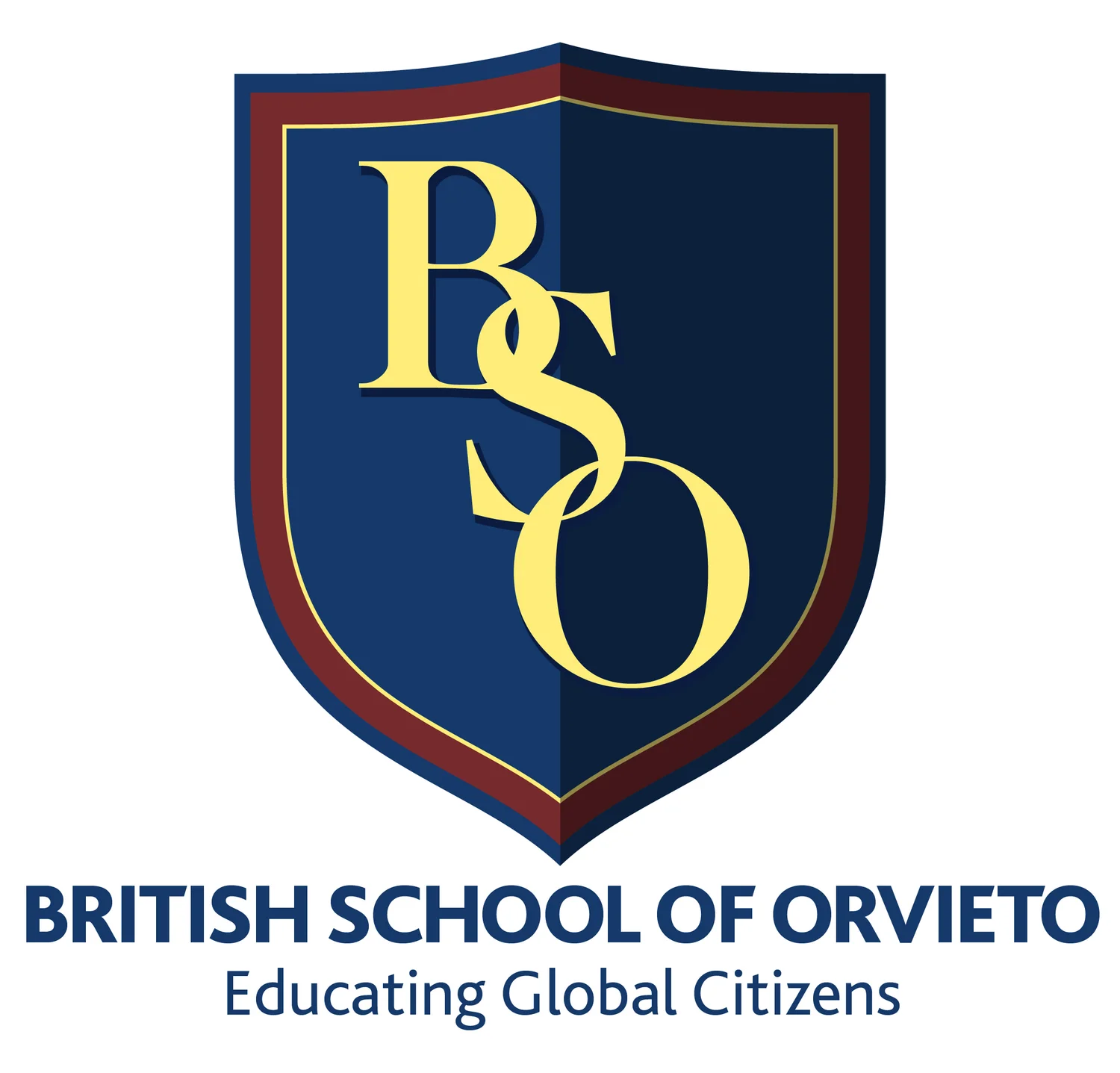At the British School of Orvieto, we aim to raise the standard of English across all age groups; to help young aspiring people to access education and career opportunities.
To achieve this impact we design and deliver various courses for both Individuals and Groups, as well as teacher training interventions impacting head teachers, administrators, teacher educators, teachers and learners.
Our projects are designed to support local initiatives in schools, such as Partnership projects throughout Umbria, teacher education and management, Continuing Professional Development (CPD), curriculum and textbook reform, building local research capacity and teacher communities. We provide access to free digital resources , audio-visual resources and we integrate innovative technologies to enhance learning wherever possible.
Our Mission
To provide an outstanding British education in English to the international community of ORVIETO and UMBRIA.
MISSION
To care for our students, and to educate them in accordance with clearly stated values; to bring out the best in every one of them; and to help them to take the next step in their lives with confidence, conviction and consideration for others.
VISION
The British School of Orvieto will be a leader in the provision of a first-class, values-driven international education, based on the best of the English National Curriculum. We will have a reputation for excellence, with an emphasis on outstanding teaching, academic achievement, service to others, teamwork and leadership.
““Education is what remains after one has forgotten what one has learned in school. “
”

